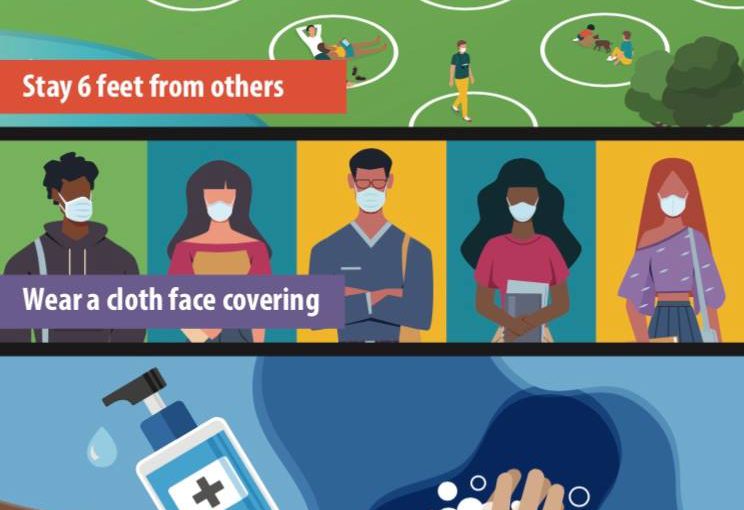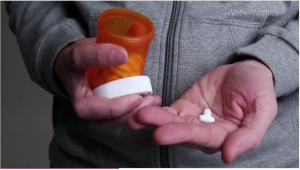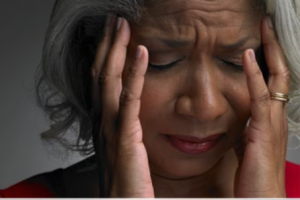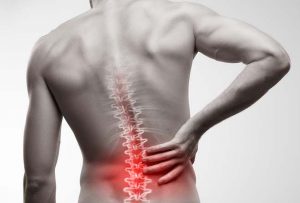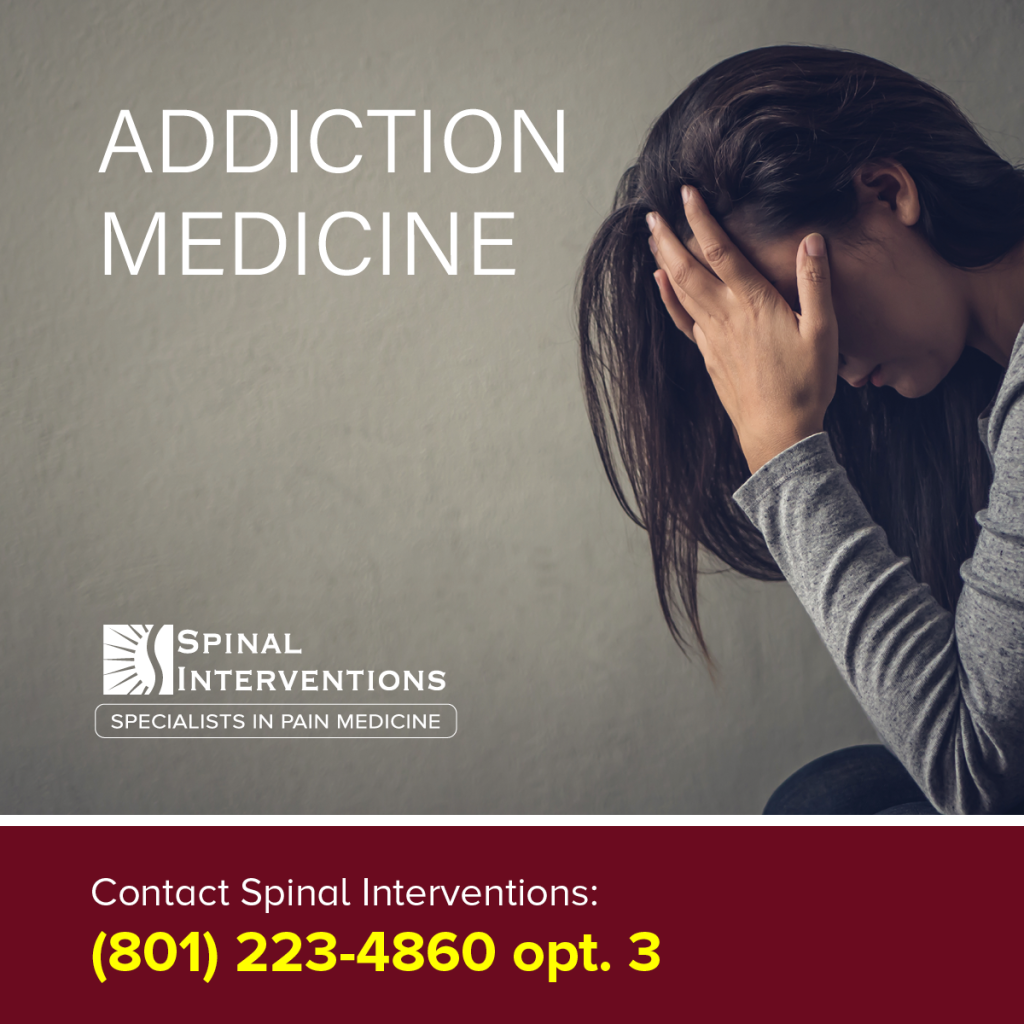
“More than 106,000 persons in the U.S. died from drug-involved overdose in 2021, including illicit drugs and prescription opioids.”
National Institutes of Health, https://nida.nih.gov>research-topics>trends-statistics. Feb 9, 2023
“Accidental drug overdose is the leading cause of death among persons under the age of 45. Among Americans aged 12 years and older, 37.309 million are illegal drug users (used within the last 30 days), and 28.320 million have an alcohol use disorder.
According to the NCDAS: Substance Abuse and Addiction Statistics [2023] at https://drugabusestatistics.org.
“MUCH IS BEING MADE in our community and the press about community use of opioid/opiate/ narcotic medications. The recent statistic that deaths due to prescription opioids now exceeds motor vehicle accidents and gun accidents combined is cause for alarm. It was not always so. A couple of generations ago, opioid prescriptions to treat chronic non-cancer pain was generally frowned upon. Fear of iatrogenic addiction, or misuse, was cited as a major factor. An article in JAMA in 1954 reported that in a population of addicts 27% claimed that their drug use started with legitimate prescriptions for a painful condition. It seems we are not much better able to deal with the problems of chronic opioid prescriptions today than then: “…because of the development of tolerance to the analgesic action of narcotics, eventually an impasse is reached in which the patient’s daily narcotics requirements are high, yet the alleviation of pain is inadequate. In addition to being medically unsatisfactory, this situation is fraught with the possibility of economic and social disaster for the addicted patient and his family.”
Daily Use of Opioids – Almost Always Detrimental by Daniel Faber, MD, UMA EDITORIAL BOARD MEMBER Published December/January 2015
After decades of research, addiction is understood to be a chronic, treatable disorder from which one can recover. Research has led to the development of effective prevention and treatment interventions, providing hope for the millions of people in the United States diagnosed with substance use disorders (SUDs) and their loved ones.
Unfortunately many have been afflicted with Opioid and or Alcohol abuse. The ramifications of these dependencies can create havoc on family, interpersonal relationships, employment and often legal concerns. Spinal Interventions offers detoxification assistance to help patients minimize the withdrawal that often occurs when reducing their dose of medication. Our physicians are board certified in Addiction Medicine, and can provide medical treatment for substance abuse particularly opioid abuse (heroin, narcotics), and alcohol. If you or a loved one suffer from the overpowering effects of addiction, contact Spinal Interventions today to discuss treatment options.
Footnotes:
- National Institutes of Health, https://nida.nih.gov>research-topics>trends-statistics. Feb 9, 2023
- NCDAS: Substance Abuse and Addiction Statistics (2023), Reference: https://drugabusestatistics.org
- https://spinal-blog-linux.azurewebsites.net/2020/09/08/daily-use-of-opioids-almost-always-detrimental-by-daniel-faber-md-uma-editorial-board-member/2/
- https://nida.nih.gov/about-nida/legislative-activities/budget-information/fiscal-year-2023-budget-information-congressional-justification-national-institute-drug-abuse/ic-fact-sheet-2023
